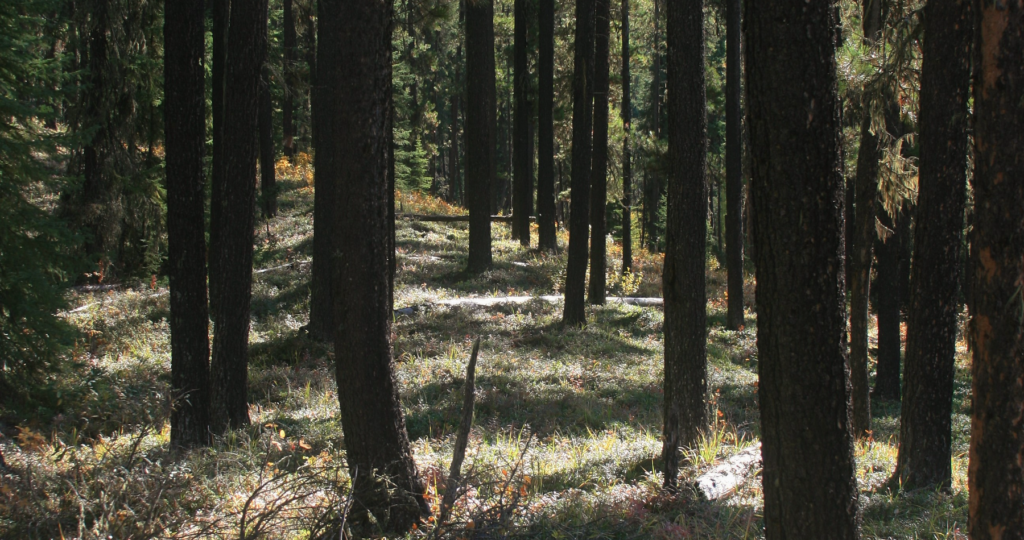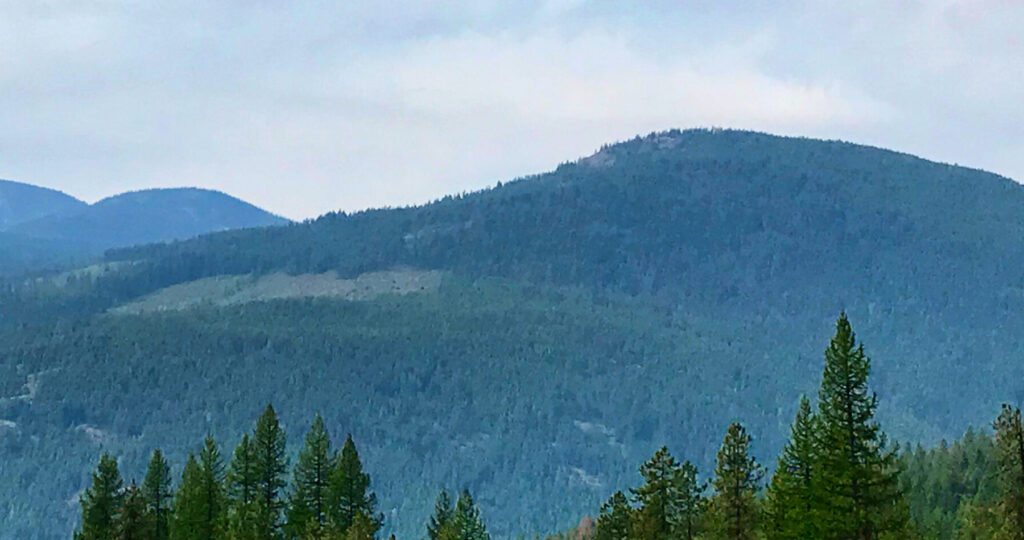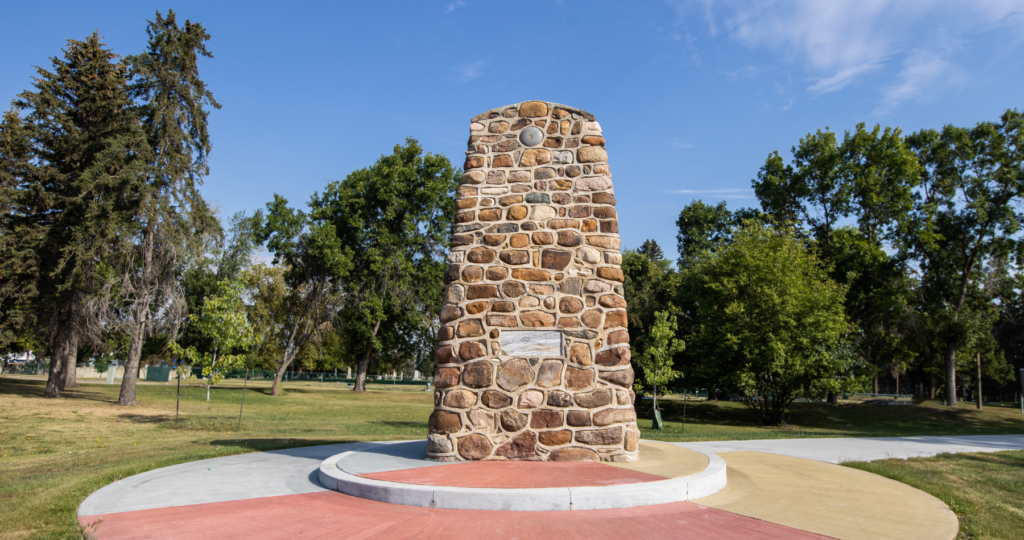Post Category : Archaeonerdism Local Archaeology
Early archaeology on Lesser Slave Lake
From 1979 to 1982, Dr. Ray LeBlanc, then Boreal Archaeologist with the Archaeological Survey of Alberta, conducted baseline surveys of the Lesser Slave Lake region. Before that time there were less than 1000 archaeological sites recorded in the entire Green Zone of northern Alberta (including the Grande Prairie region). Within the Lesser Slave Lake basin there were only 39 known sites (Figure 1, in yellow). These were mostly surface scatters of stone artifacts identified by members of the public and the Archaeological Survey during early reconnaissance work. Known sites included scatters at the Marten Mountain and Deer Mountain fire towers, several sites in Lesser Slave Lake Provincial Park, and a few sites scattered around the shores of the lake. Besides their locations, very little was actually known about these sites, because little to no testing or excavation was done.

Starting with preliminary surveys in 1979, followed by systematic surveys in 1980 and ’81 and test excavations in 1982 Dr. LeBlanc recorded 89 new sites on the shores of Lesser Slave Lake and the surrounding area. The majority of these sites were located on the northwest shore of the lake, and on the north side of Buffalo Bay. Most of the sites were identified in surface exposure, including some large collections of artifacts from ploughed fields. Private collections west of Lesser Slave Lake included some rare artifacts from the earliest occupation of the province, such as Clovis period macroblades and large lanceolate points (Figure 2). Some examples of these finds can be seen today in the High Prairie & District Museum.
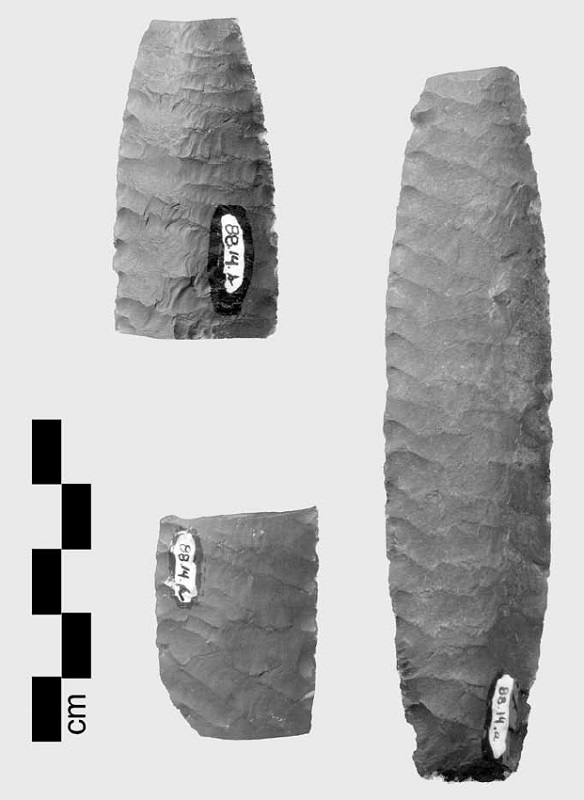
Some other notable finds came from a site on the south shore of the lake, near Joussard. Mr. Frank Madsen had collected a large number of artifacts from his farm on the shore. His collection included a number of projectile points (arrowheads and spear points) from the middle and late periods of occupation of the province (about 5000 to 250 years ago), as well as a number of oval tools made from quartzite cobbles. These tools had worked ends and chipped notches on the sides. They’ve been interpreted two ways. They may have been stone axe or adze heads. Archaeologists call these celts when we don’t know if they were hafted parallel to the handle, as axes, or perpendicular, as adzes. Alternatively, they’ve also been interpreted as stone net sinkers or weights, with the notches used to tie them to the bottom of fishing nets. The most interesting finds in the Madsen Collection are examples of ground-stone artifacts, which are rare in Alberta: a jade adze, and a steatite (soapstone) pipe bowl (Figure 3). The jade adze is typical of the type made and found in British Columbia. Only about a dozen of these have been found in Alberta, and the current Boreal Archaeologist, Todd Kristensen, is researching them.
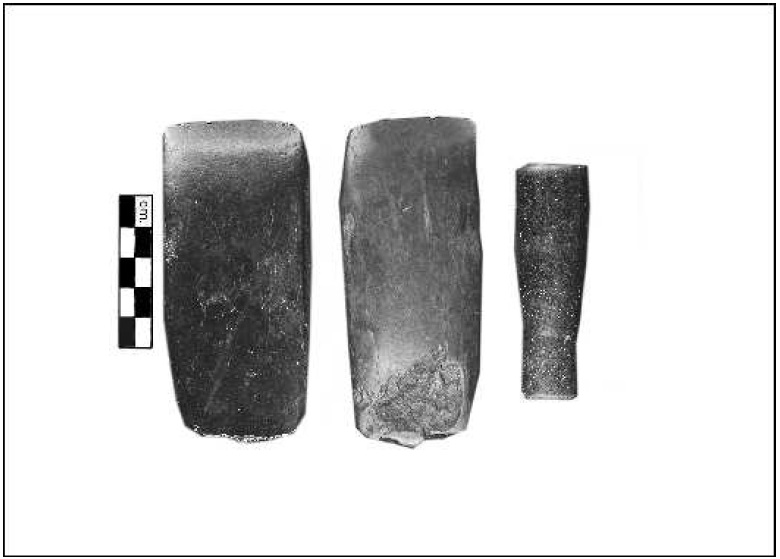
These surveys in the early 1980’s made the Lesser Slave Lake region one of the best studied parts of Alberta’s boreal forest, but we still knew very little about the history of human occupation in the region, and how people lived at various times in the past. We would start getting the answers to some of these questions in the later 1980’s, when Dr. LeBlanc, as a professor at the University of Alberta, returned to some of these sites with students for a field school excavation.
References:
LeBlanc, 2004 Archaeological Research in the Lesser Slave Lake Region. Mercury Series Archaeology paper 166, Canadian Museum of Civilization. Gatineau, Quebec.

